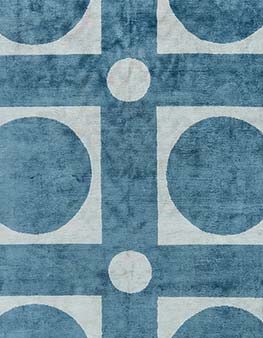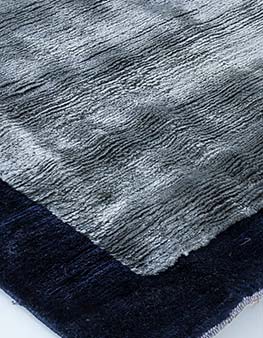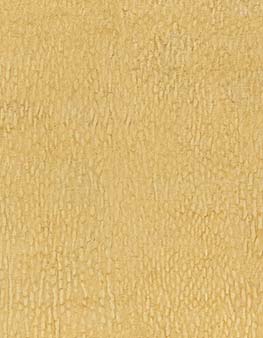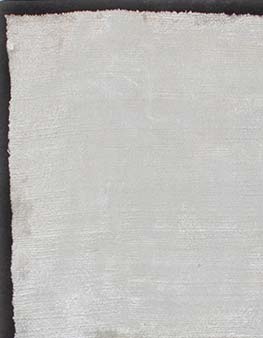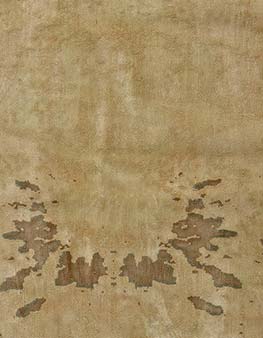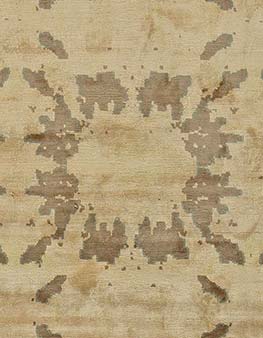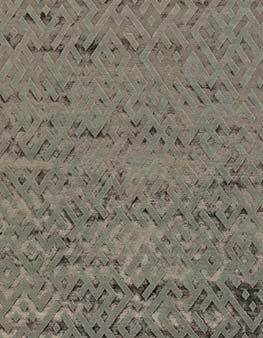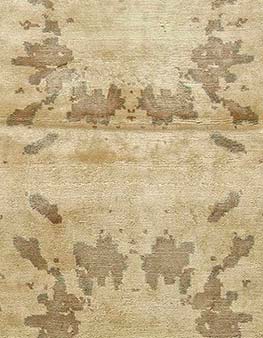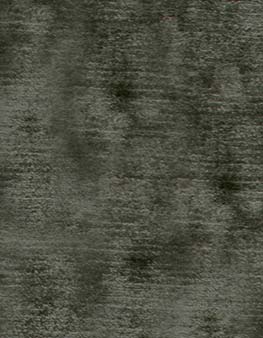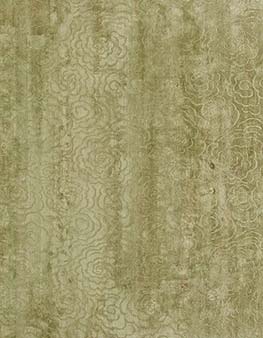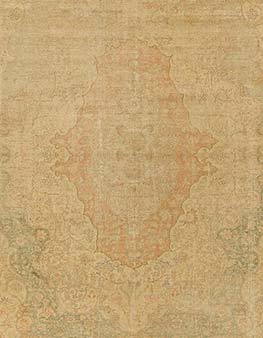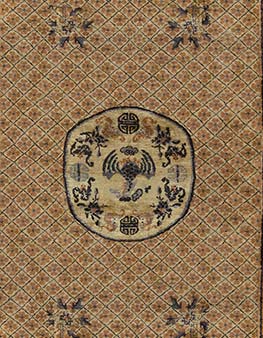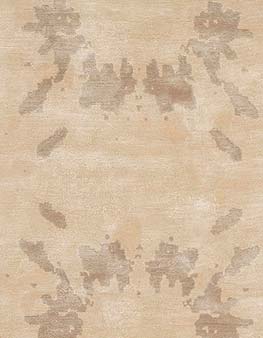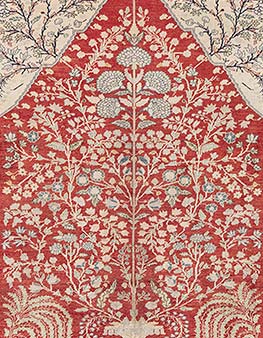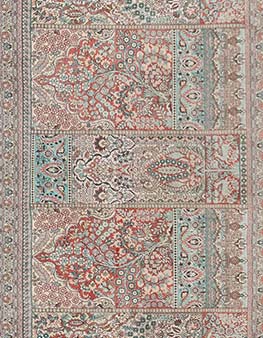Silk Rugs
Silk rugs and carpets belong to one of the most sophisticated and luxurious textiles in the world. Their luminous, reflective pile and ultimately soft texture, along with incredible tensile strength and knot count much greater than in woolen rugs, turned them into objects of desire for rug aficionados, designers and common people alike. Silk rugs are incredibly precious and their relatively high price is dictated by the specialized production process. For a start, to make a single rug an enormous amount of silk is required, it must be dyed by highly skilled professionals, the looms have to be built to a standard appropriate to the fineness of the carpet to be woven, and the list of requirements goes on. However, anyone who had anything to do with silk rugs will surely confirm that these weaving wonders are definitely worth the struggle. Otherwise, silk rugs or carpets would not have taken the weaving world by storm as they did many centuries ago.
The Origins of Silk Rugs
Although silk textile production has begun in China in ancient times, dating back as far as 3630 BC, silk rugs were officially unacknowledged there until at least the seventeenth century. However, China was not the only place where this wondrous fabric was made. By the Sassanid Period (which took place between the third and seventh centuries), Persia had well-established silk manufactories in their own territory. It is suspected that the Persians of this period, or of the Early Islamic times, might have adapted silk for the weaving of silk rugs. Nevertheless, it is still unclear whether it was China or the Islamic countries that have originated the production of silk rugs. At all events, the earliest existing carpets made entirely of silk are Persian silk rugs from the Safavid Period. At some point, all great carpet-production regions – from Persia, and Turkey to Tibet, China and India – started weaving with the application of silk. Considering the worth of this costly thread, it is no surprise that for the most part silk was carefully combined with other materials only to add sheen and softness to the pile. However, there are silk rugs counted among the finest in the world in which not only the pile, but also the foundation (the intertwining warp and weft) are made of silk.
Buyer’s Guide to Persian Silk Rugs
Although silk is not the first material that comes to mind when mentioning Persian carpets, it’s glossy surface combined with rich Middle Eastern patterns creates a truly unique and enticing mix. When shopping for an either antique or contemporary silk rug, a potential buyer can be overwhelmed by the sheer number of goods available on the market, making it easy to buy a piece of low quality or a fake. Luckily, there are some tips that will make acquiring a silk rug much easier even for those who are about to buy their first Persian carpet.
How Silk is Produced for Silk Rugs?
Silk is produced from the cocoon of the silkworm. The whole process of formation of silk is highly gripping. Several insects can produce silk, however, for textile manufacture, the silk of moth caterpillars is normally used. In a nutshell, the process starts with laying tiny eggs by a female moth; the minuscule black caterpillar hatches from the egg; it eats mulberry leaves and grows bigger; it goes through 4 molts; then, the caterpillar spins a cocoon of silk threads around itself and it transforms into a pupa inside the cocoon. The next step is just to unwind the silk threads from the cocoons to weave them into a silk cloth. After dyeing, silk’s surface becomes glossy, further enhancing the beauty of colors traditionally found in Iranian design. Authentic silk rug should have between 200 and 500 knots per square inch and a fringe always made of the same material.
Carpets made of artificial silk have not as many knots, with 150 being the most popular number and their fringes are made of cotton. In case of any doubts about the origins of the carpet you want to purchase, do not be afraid to ask your seller some questions about silk rugs and their textiles. Remember that piece can only be called Persian if it was made in the countries that were once a part of Persian Empire.
How to check if my silk rugs are genuine?
How to see wherever your rug of choice is made of authentic silk? There are few ways of doing that. The simplest way is to rub it’s surface vigorously with an open palm. Natural silk will warm up quickly while its artificial counterpart will stay cool to the touch. If possible, take a small thread of the carpet and burn it – the smell of burnt hair is an indicator of real silk rugs. The meticulous designs, vivid colors and absolutely mesmerizing glow of silk rugs made of the genuine silk are definitely worth investing in.
